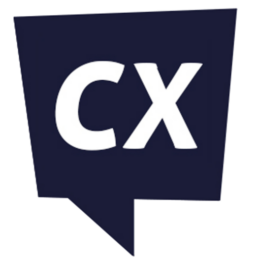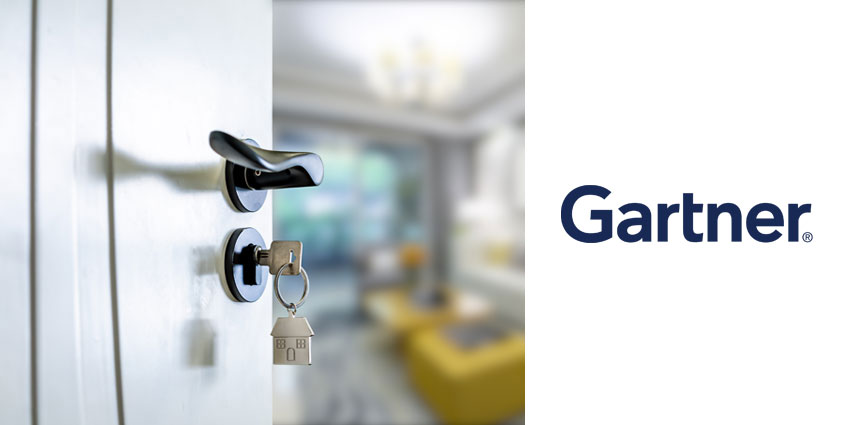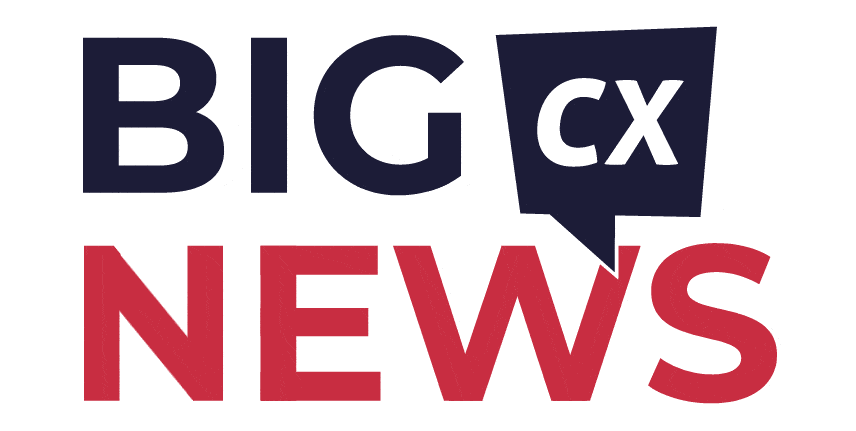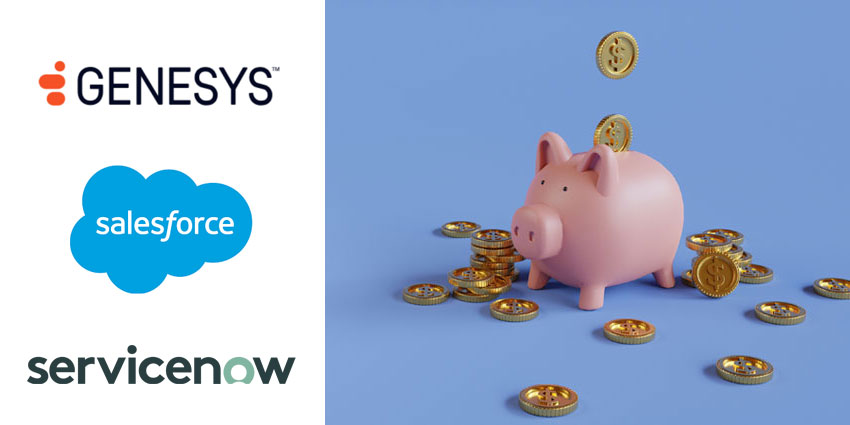Typically, contact centers with sophisticated outbound campaigns will integrate a dialer with the CRM system to maximize productivity.
With this integration, the tool automatically connects targeted customers for the agent, removing the need to locate phone numbers and dial manually.
Such a capability shaves valuable seconds from every interaction. However, a progressive dialer offers further functionalities to streamline customer conversations.
Are these functionalities worth the investment? Let’s find out.
What is a Progressive Dialer?
A progressive dialer is an outbound calling system that dials the next customer on a pre-prepared list once the agent indicates that they are ready for a call.
With a CRM integration, information regarding the prospect/existing customer pops up on the agent’s screen, and the number dials immediately.
Calls that pass straight through to the voicemail disconnect right away. Whereas those calls that ring continually with no answer will disconnect after a pre-determined period. As a result, the contact center reduces agent effort, maximizes efficiency, and reduces costs.
However, the progressive dialer is not the only model available to outbound operations. Predictive dialers are much more common, especially in larger enterprises. These automate outbound calls and passes them onto a live agent when the customer picks up.
The contact center routes these calls to agents in line with business objectives, agent availability, and their specialisms.
Unfortunately, there is an ironic element of unpredictability with predictive dialers. Staffing levels and handling times will vary throughout the week, so the contact center must adjust the pacing algorithm to ensure that an agent is always available whenever the customer picks up.
With a progressive dialer, the contact center gains a greater sense of control as it employs a lower level of automation. It will wait for an agent to complete their after-call work – where they engage in post-call activities – before auto-dialing the next customer. It also dials only one number at a time, so the operation never risks agent availability blunders.
Should You Use a Progressive Dialer?
The answer depends on the aim of the outbound strategy. Targeted campaigns, such as follow-ups and welcome calls, are often well suited to progressive dialers. Why? Because the agent can assess customer data and prepare for the conversation before dialling.
Alternatively, large B2C lead generation campaigns of the cold-calling type are, typically, much better suited to predictive dialing systems, as the outreach is much wider. Also, they lack the nuances that require preparation time.
Yet, either way, most cloud-based outbound calling systems come with progressive and predictive dialers bundled together for flexibility purposes.
If a contact center caters for an array of outbound campaigns, having access to both will prove helpful as leaders may decide on the most appropriate dialer option for each.
Learn about another type of dialer – the “power dialer” – by reading our article: What is Power Dialing? Definition, Pros, and Cons







